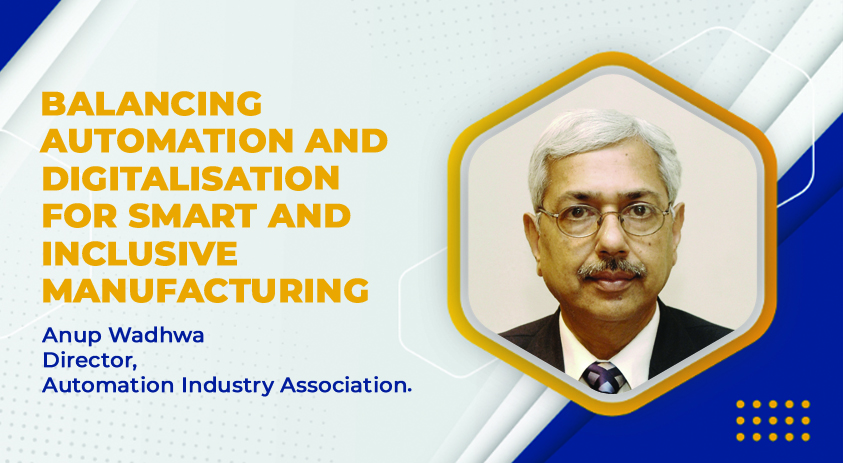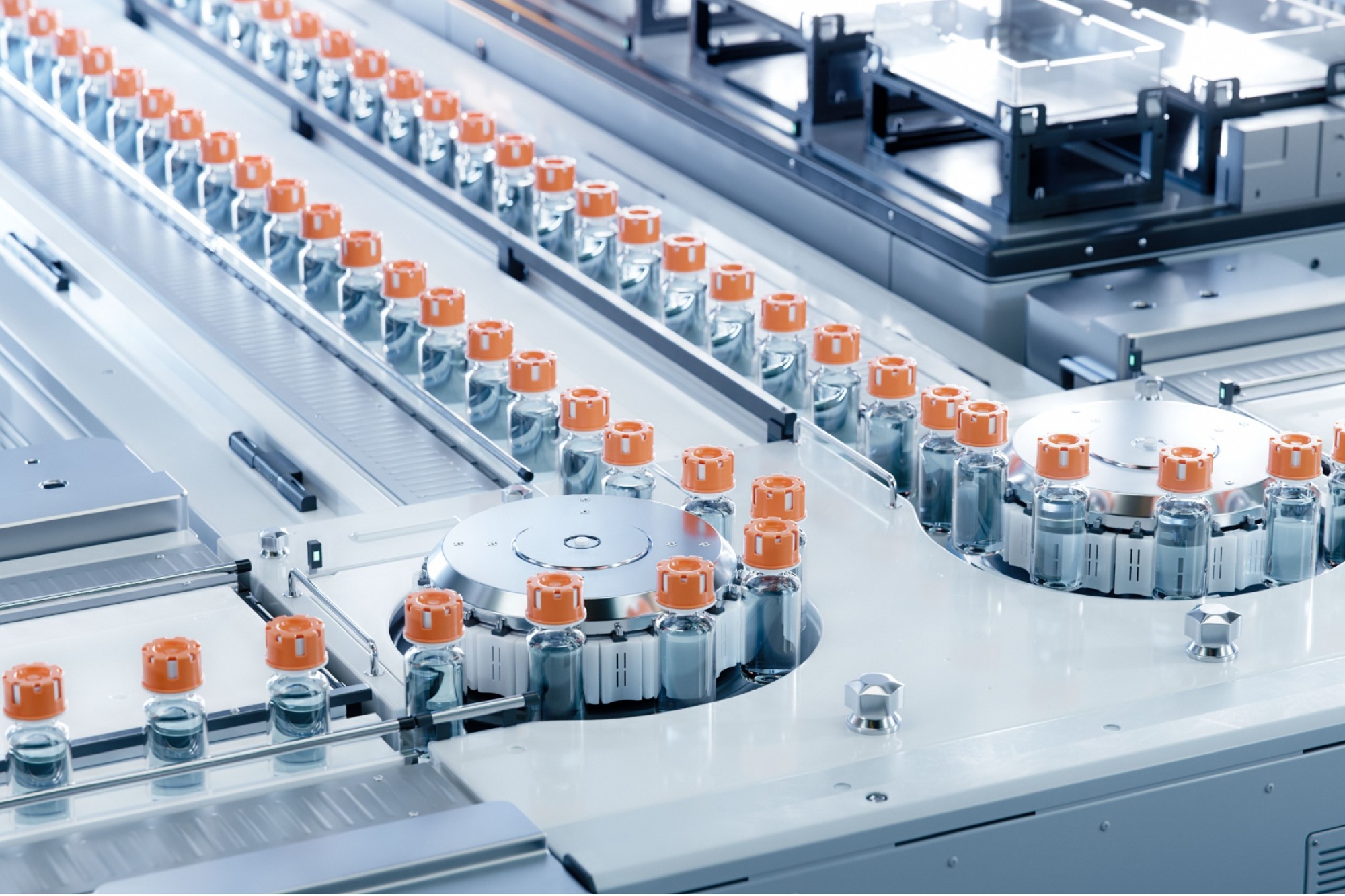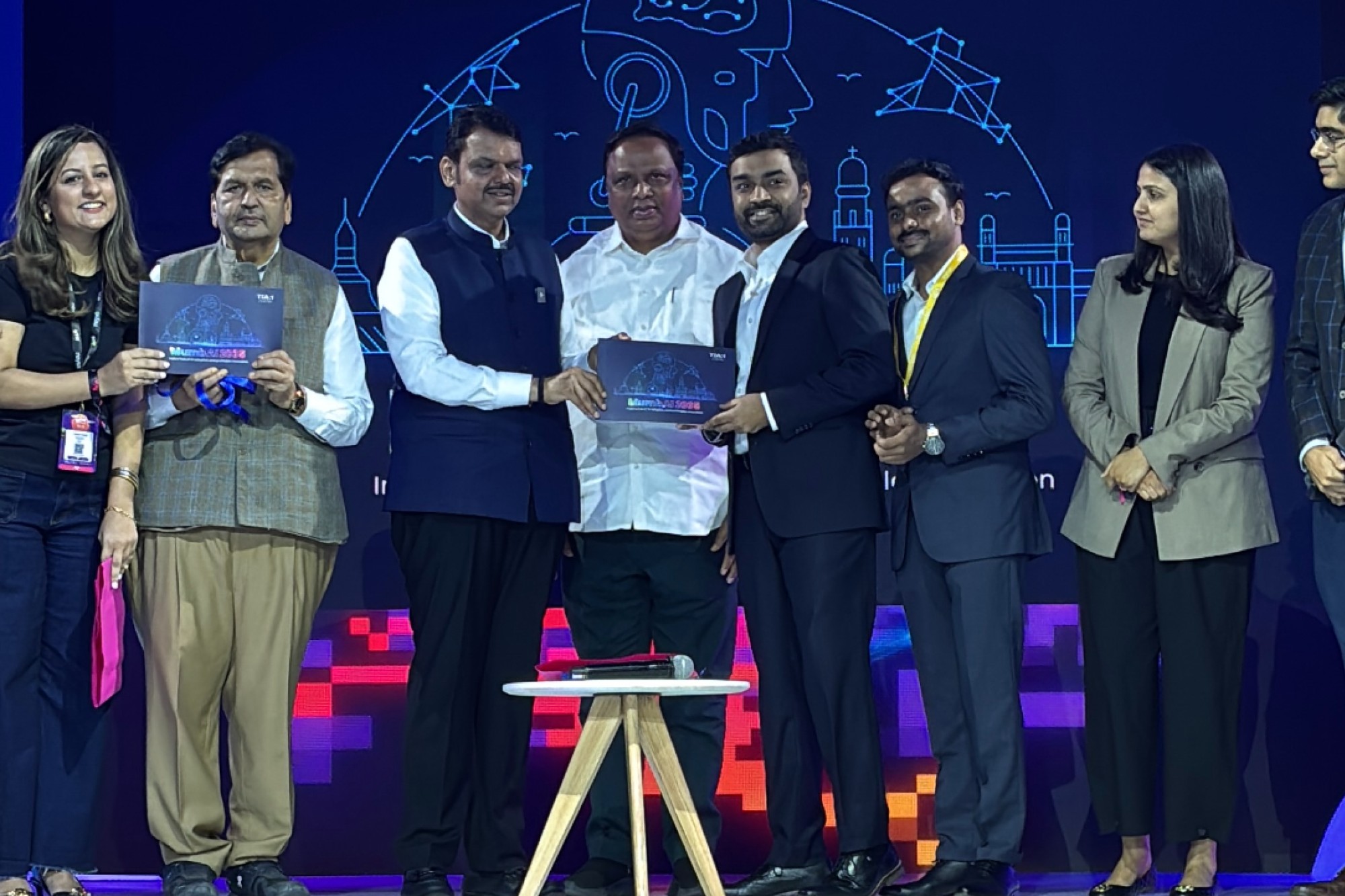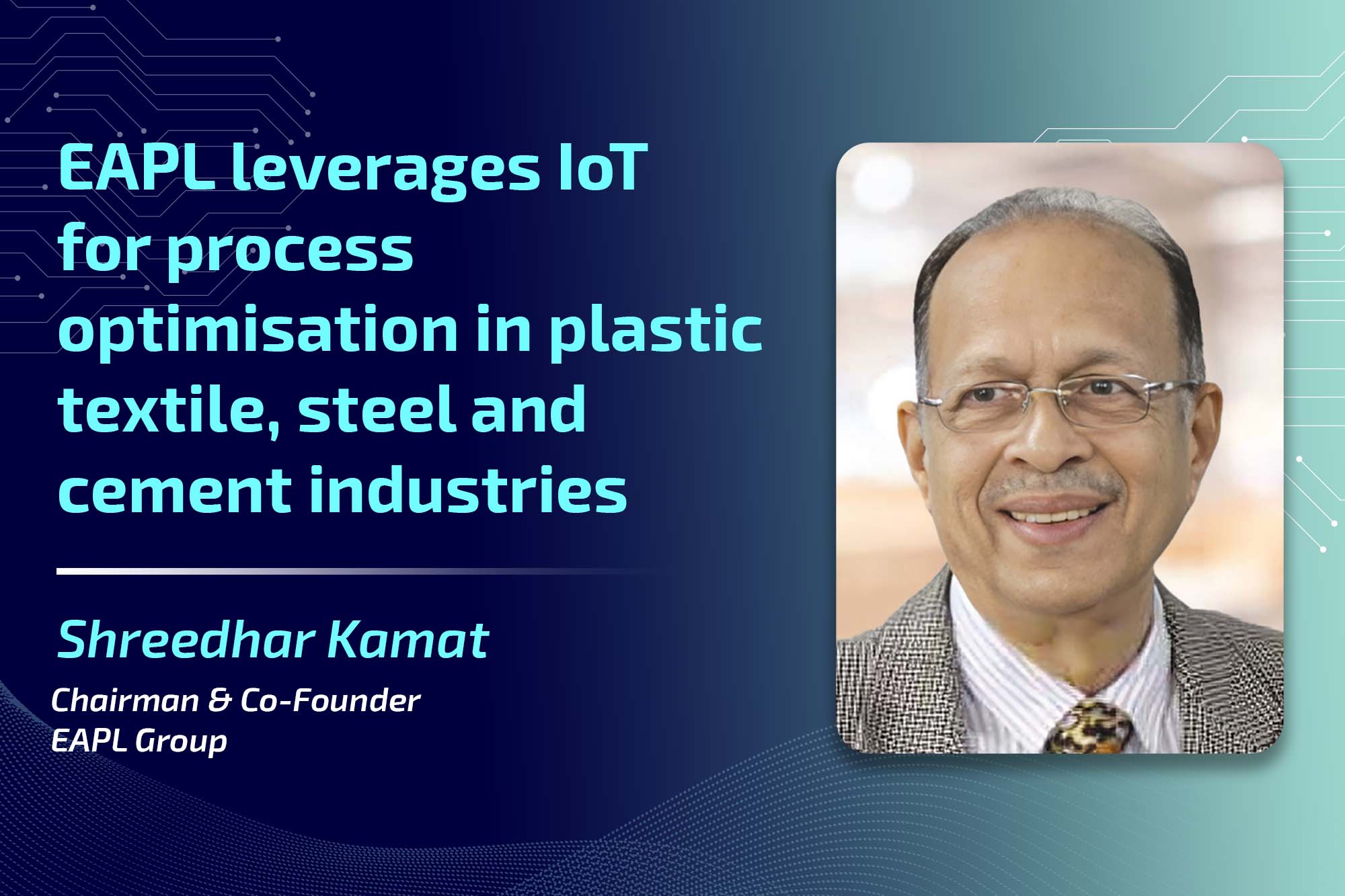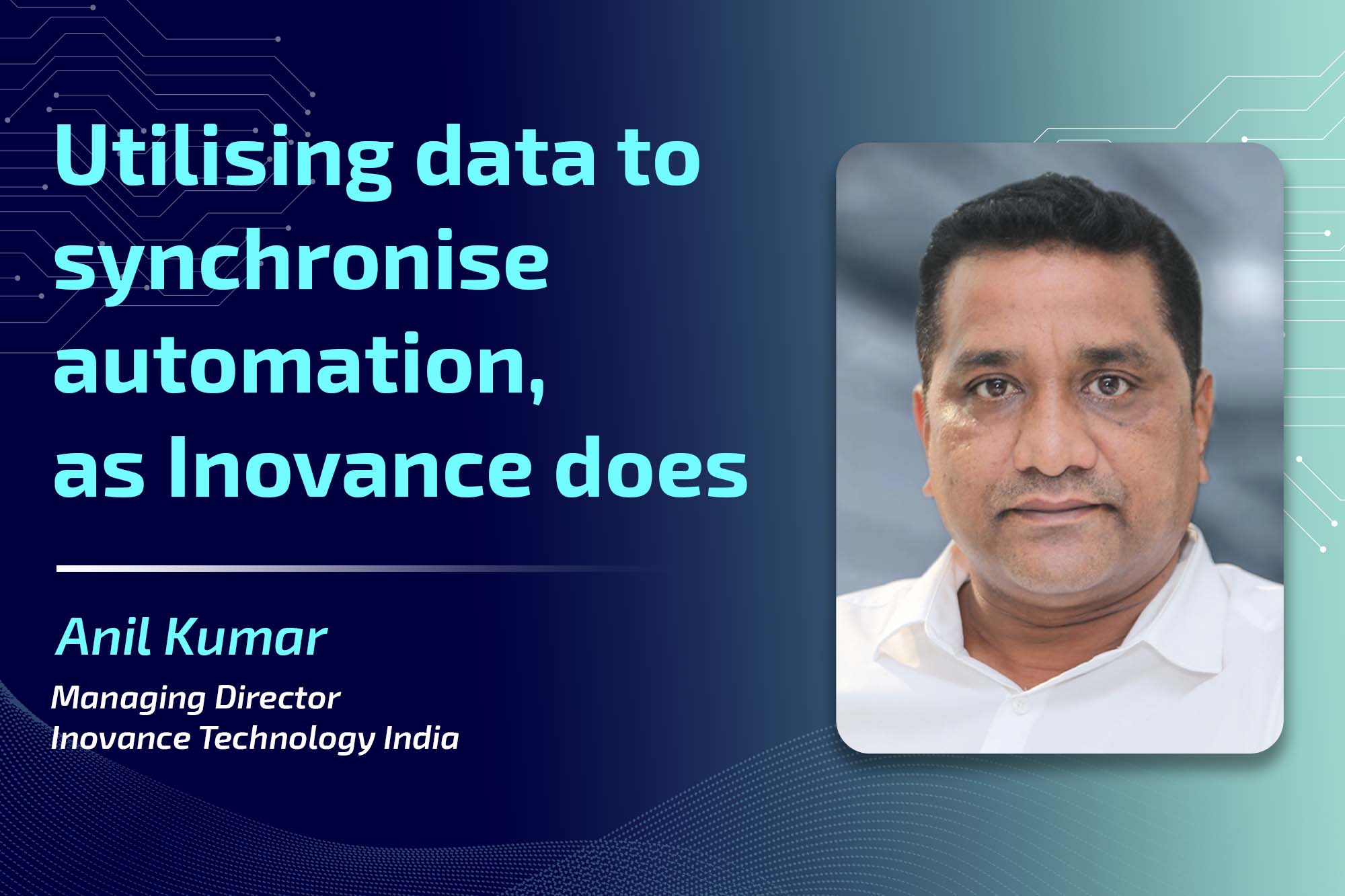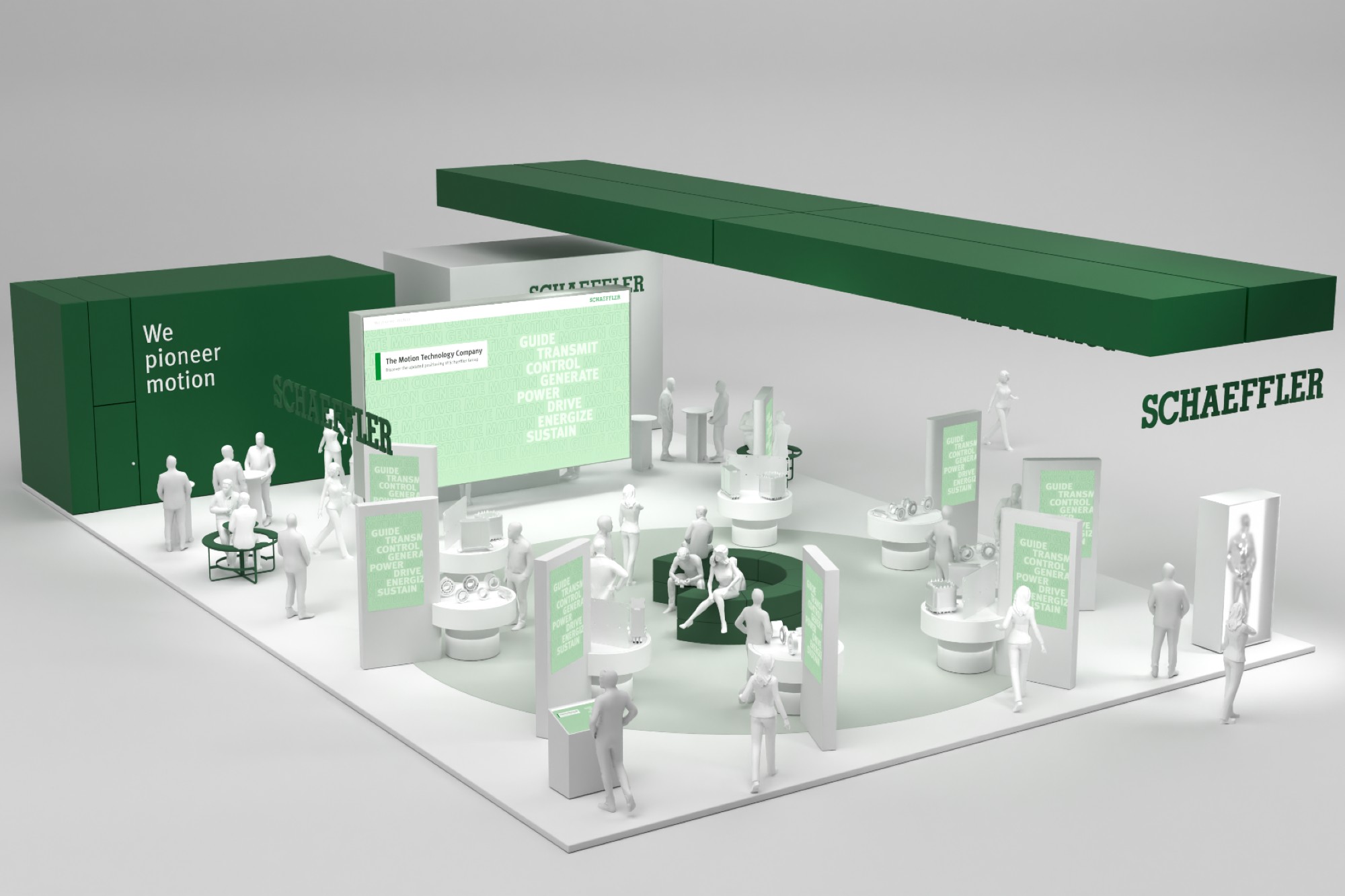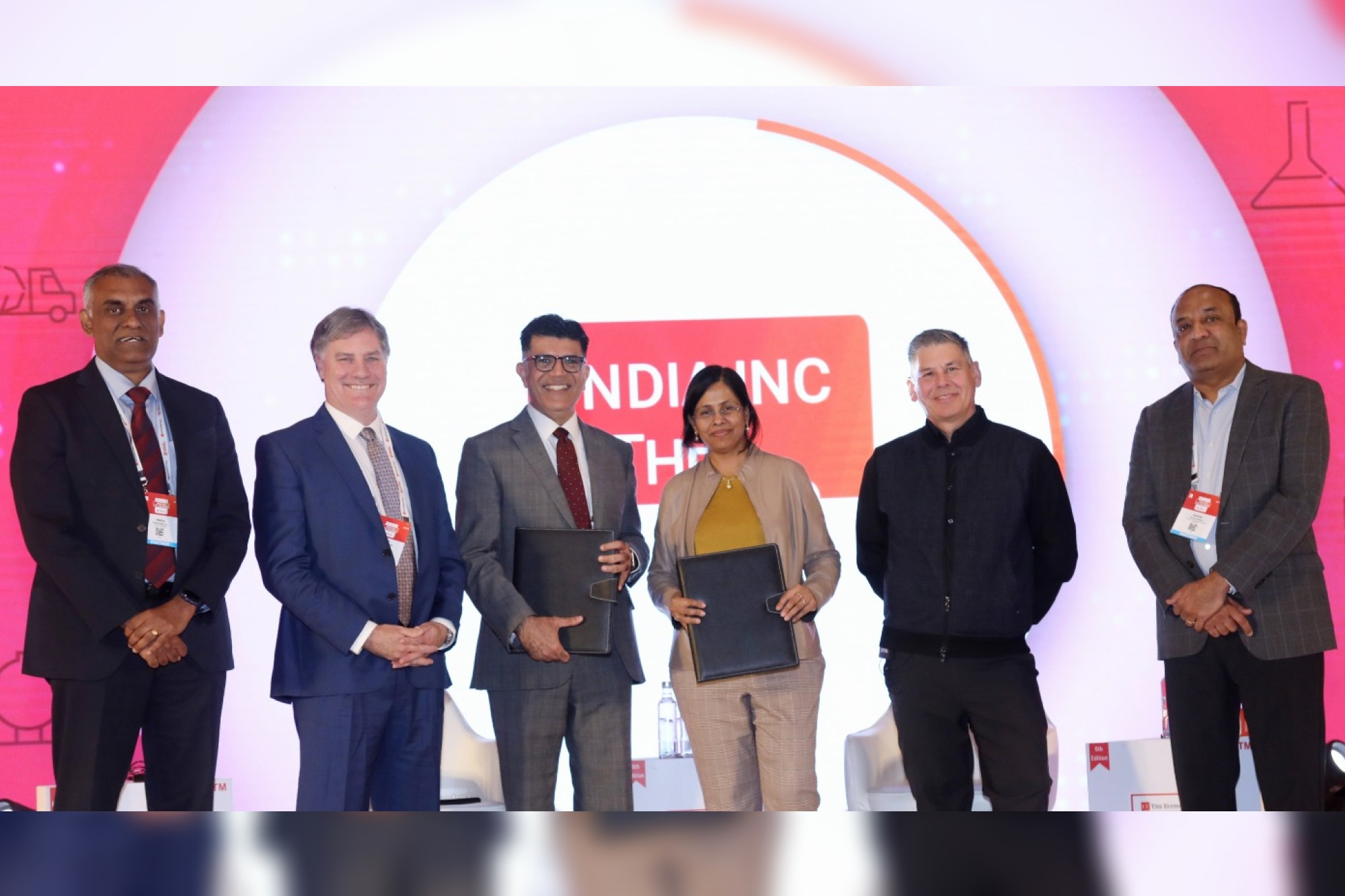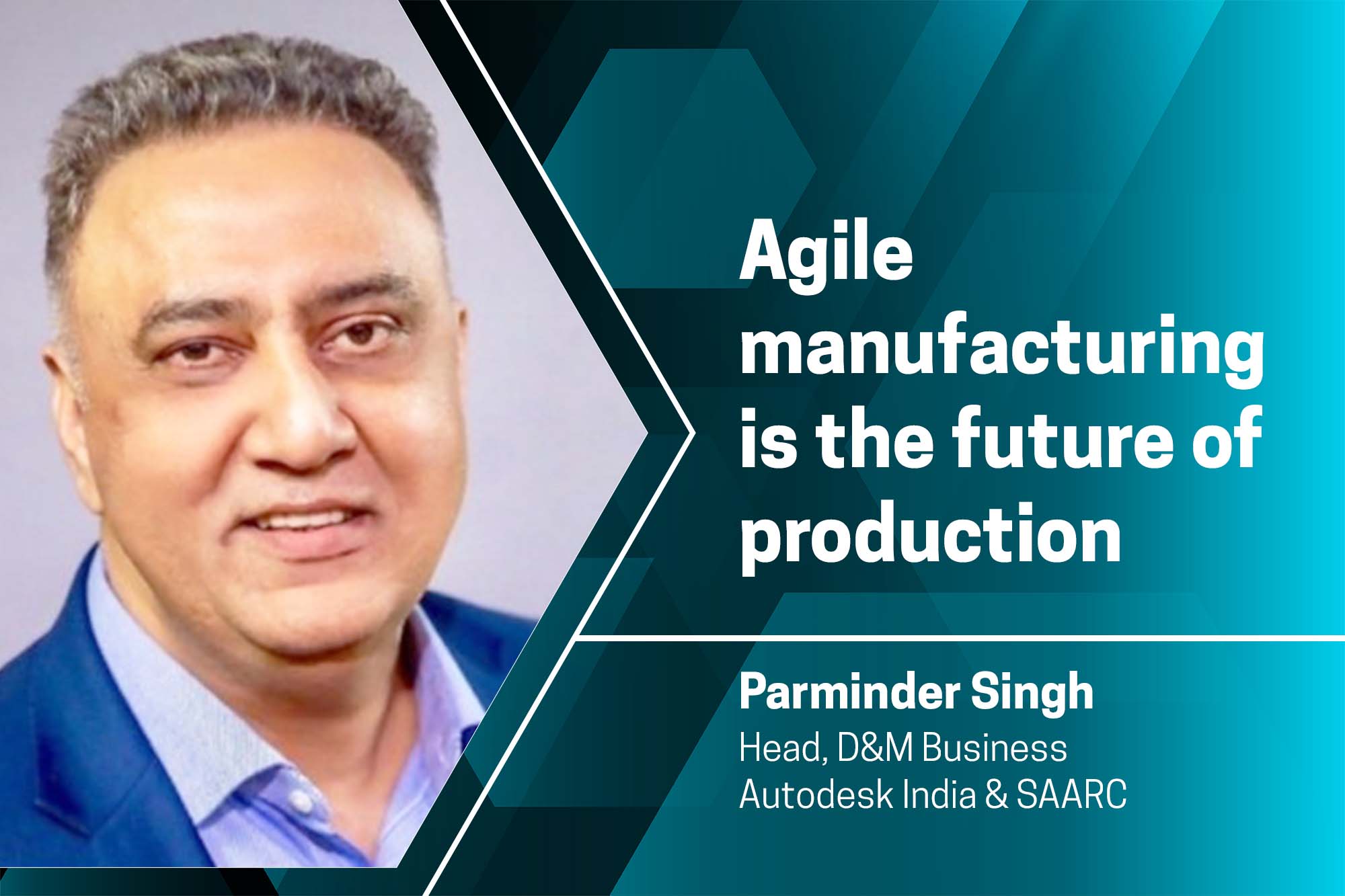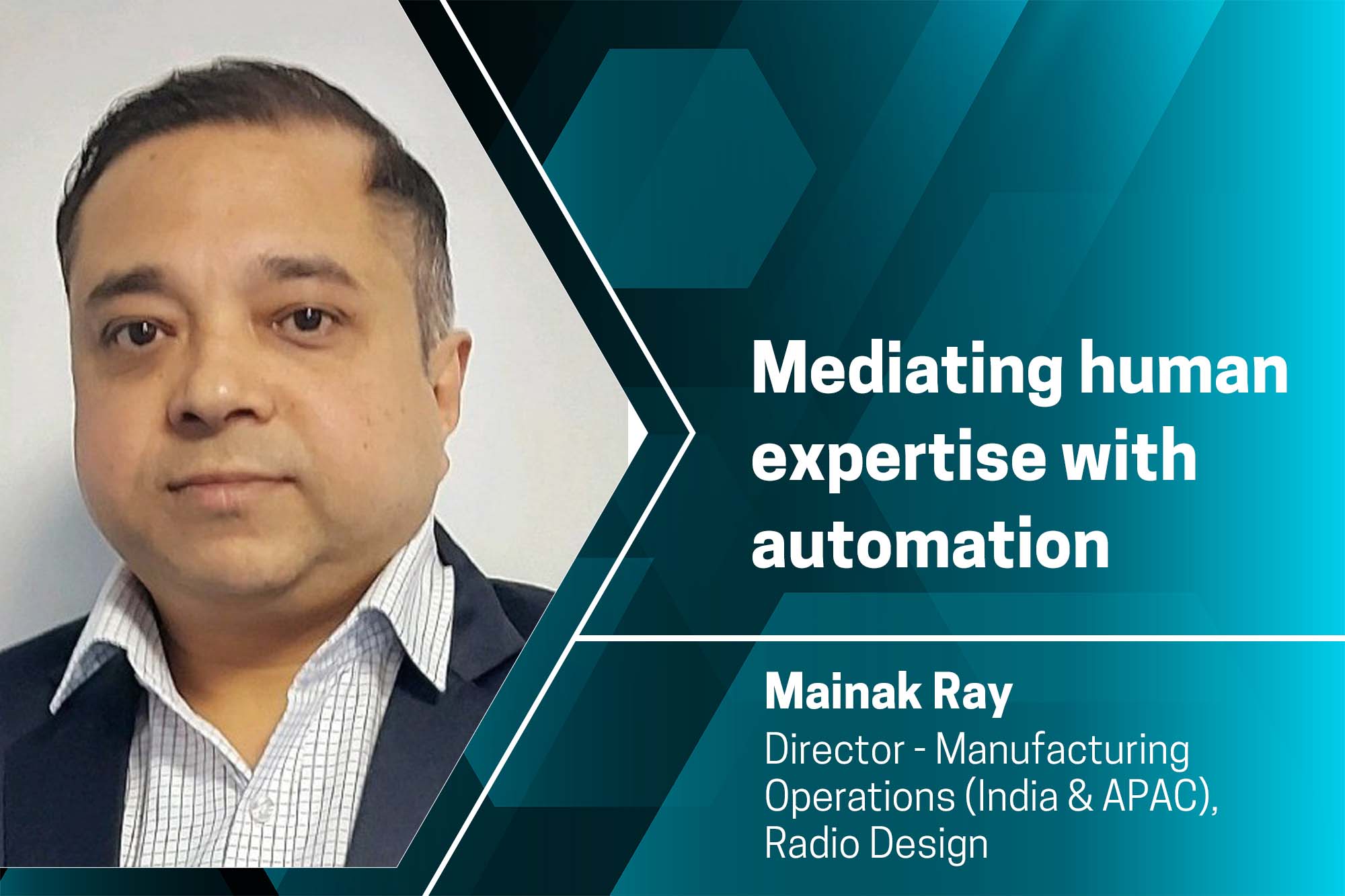Balancing automation and digitalisation for smart and inclusive manufacturing
By OEM Update Editorial July 31, 2023 2:13 pm IST
Anup Wadhwa, Director of AIA, talks about India’s journey towards Industry 4.0 and hyper-automation holding the key to economic growth and social development, focusing on human-centric technology adoption and unique contextual strategies.
Indian policymakers recognise that the key drivers of growth in industry and employment lie within the manufacturing sector. As the country shifts from an agriculture-based economy towards industrialisation, it traverses the value chain within the manufacturing ecosystem. This transformation is seen as crucial for India’s economic advancement and sustainable development.
Amid the Fourth Industrial Revolution, India faces the challenge of finding its unique position of prominence. Industry 4.0 emerged a decade ago as a high-tech strategy driven by German industry, research, and academia. It was done to establish global manufacturing leadership. The German government’s initiative was tailored to leverage its socio-demographic strengths. However, for India to succeed in this revolution, it must acknowledge and embrace its distinct socio-demographic characteristics and tailor its technology adoption strategies accordingly. Recognising these differences will be essential in shaping India’s path towards becoming a major player in the rapidly evolving technological landscape.
Industry 4.0
Industry 4.0 comprises nine pillars, including Autonomous Robots, Simulation, and the Internet of Things, all working together to address specific needs and shape the future factory. Automation and digitalisation will lead to smart factories. However, developing countries like India face distinct challenges, and unthinkingly adopting solutions from advanced economies can lead to disastrous outcomes. To succeed, we must tailor Industry 4.0 adaptation to suit our unique context and requirements.
In technology’s impact, automation and digitalisation play contrasting roles. Automation aims to achieve higher productivity with fewer human resources, often resulting in job reductions in factories and industries. On the other hand, digitalisation offers the possibility of utilising technology to empower a larger workforce, addressing the vast population and working-age disparities between developed and developing economies.The challenge is particularly significant in developing countries, such as India, where many young individuals are entering the job market and seeking opportunities to support their families. The choice between automation and digitalisation thus tilts differently depending on the region’s specific requirements. While developed countries might focus on optimising processes and reducing labour through automation, developing nations like India see technology as a means to create more job opportunities and uplift communities.
In manufacturing, digital transformation involves a combination of human skills, machines, and materials. When aiming to create a transformative experience, it is essential to place the human element at the core, recognising its significance in driving progress and success.Hyper-automation
Hyper-automation refers to automating all feasible tasks to accelerate every aspect of work. However, this emphasis on speed comes with risks, as excessive haste can have negative consequences. Society must exercise wisdom while embracing this transformation. The concept of Society 5.0 is already on the horizon, advocating for a human-centric approach to technology.
One of the most significant challenges in automation and digitalisation is finding individuals who can bridge different sectors within an organisation. Typically, there are separate IT and operations departments, making it rare to find people who can traverse both realms. As digitalisation takes centre stage, IT and manufacturing companies strive for paperless processes on the shop floor, but achieving a 100% paperless environment remains a work in progress. While data flow from machines to screens, the absence of standardised Standard Operating Procedures (SOPs) hinders effective measurement of people’s response time.
A cultural shift is needed to create a connected work environment that seamlessly integrates humans, materials, and machines, with a digital Standard Operating Procedure (SOP) at its core, becoming the blueprint for the transformed enterprise. However, engineering colleges need more talent, prompting some institutions to seek increased computer science seats while reducing mechanical engineering intake. Yet, factories must rely on more than just computer scientists. The key is to expose people to various aspects like automation, machinery, engineering, design, and digitalisation, fostering excitement for the new world.
The Indian government, under the Ministry of Heavy Industry, has launched its flagship initiative, “Samarth Udyog.” Like other countries with their respective missions, such as Germany’s Industry 4.0, America’s AMP, and China’s Made in China, India is also focused on Industry 4.0 and hyper-automation. However, the key is to develop a distinct India-centric approach, prioritising creating a focused strategy that aligns with the country’s unique needs and philosophy, regardless of the specific package of technologies being discussed. The Automation Industry Association (AIA) is an active partner for smart manufacturing, via the Foundation for Smart Manufacturing; an initiative supported by the Ministry of Heavy Industry and in collaboration with IIT Delhi. It supports industries and colleges, guiding them to make informed decisions and strike the right balance between automation and digitalisation, setting India on the path to progress.
Cookie Consent
We use cookies to personalize your experience. By continuing to visit this website you agree to our Terms & Conditions, Privacy Policy and Cookie Policy.



